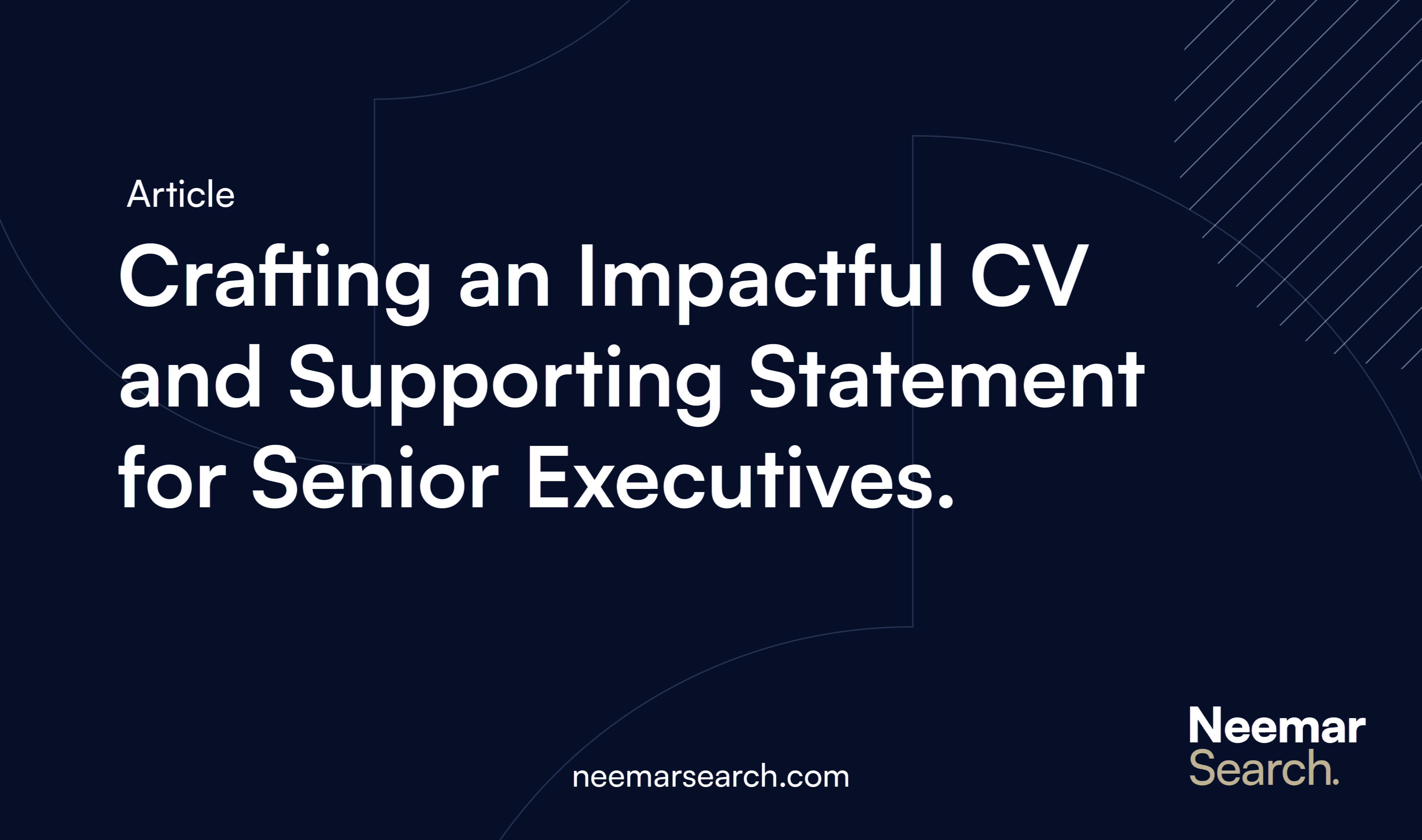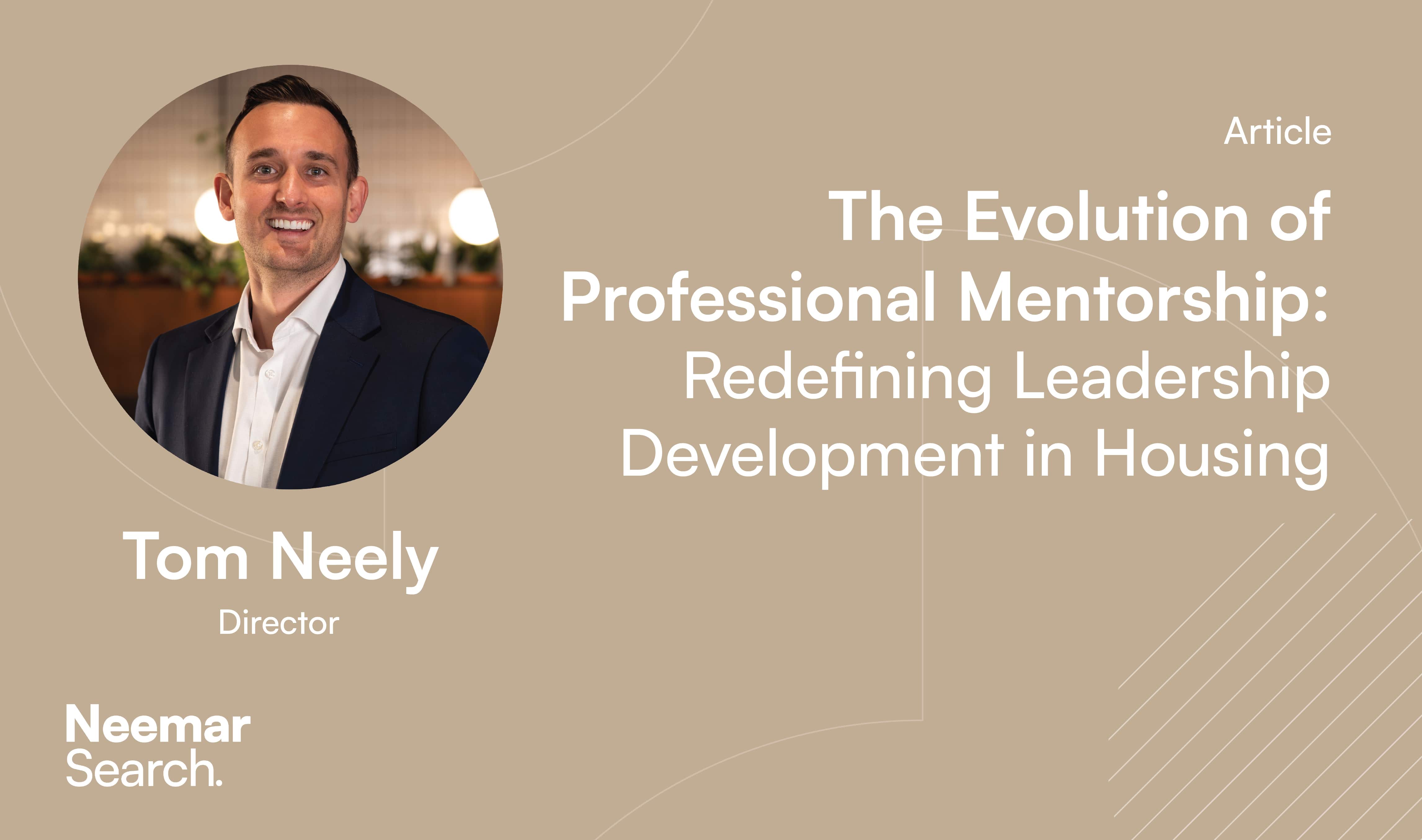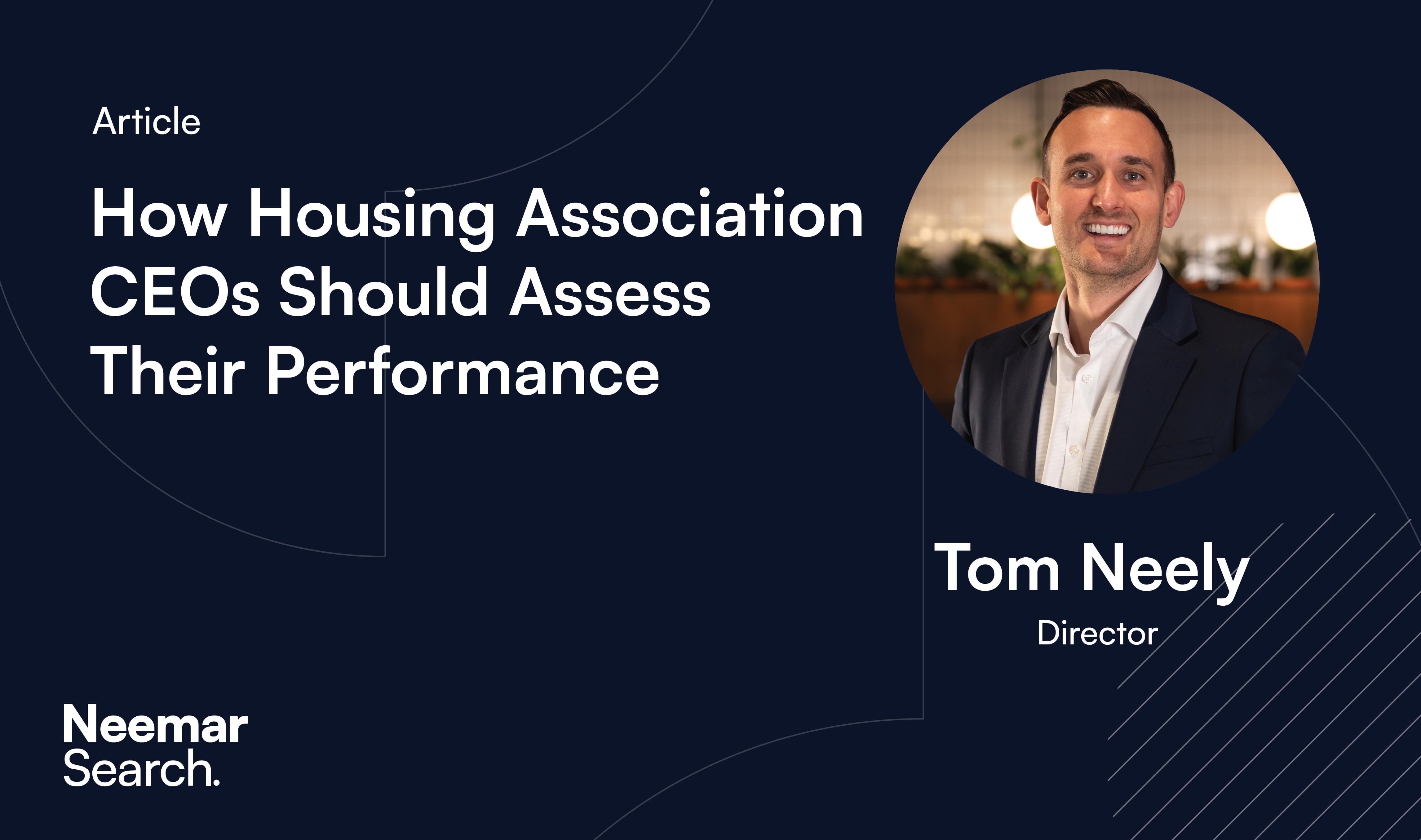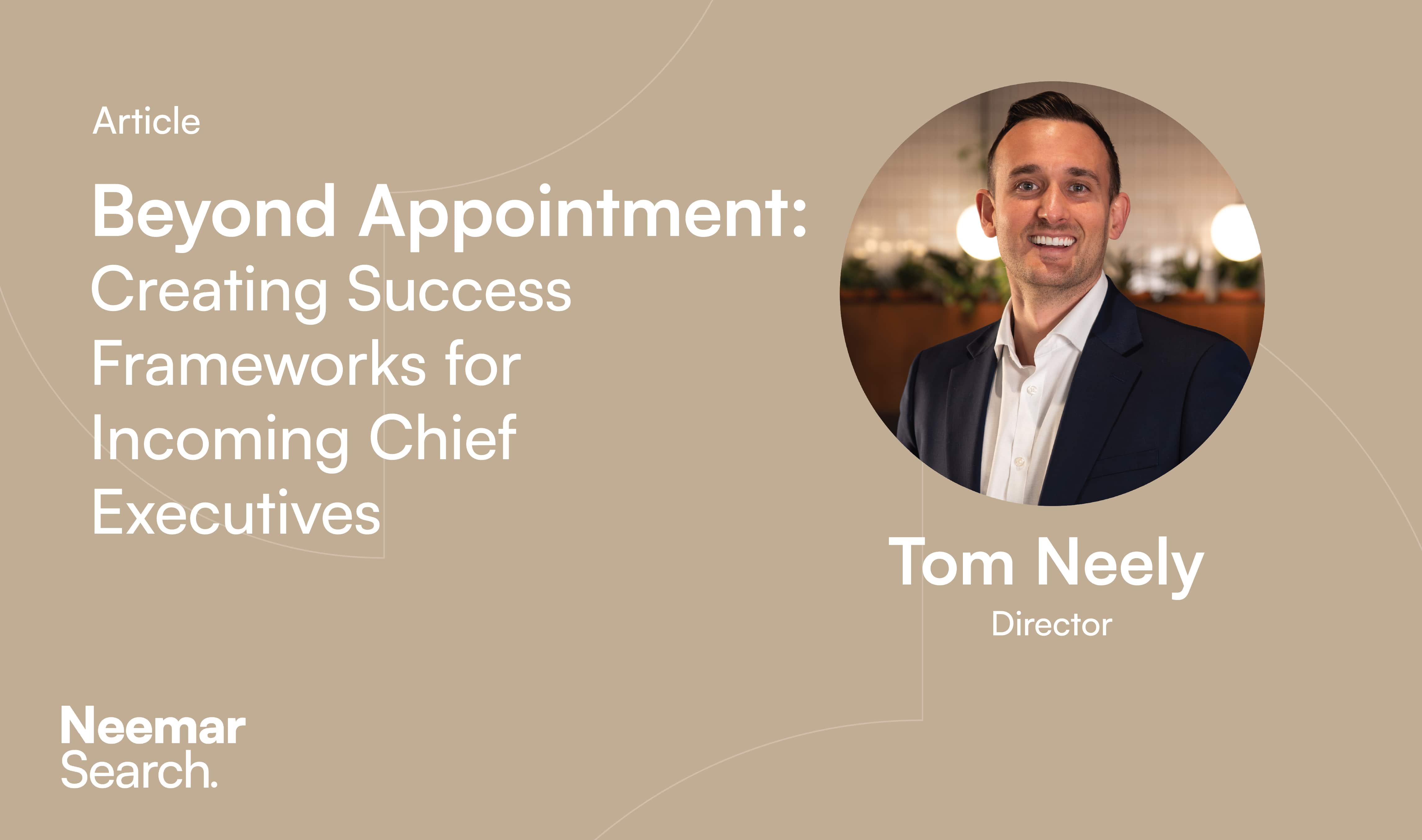Crafting an Impactful CV and Supporting Statement for Senior Executives
17 Jul, 20245 Mins
Even for senior executives with an established track record and network having a strong CV is important. A CV is typically the first piece of information any prospective employer will receive about you and not getting it right can instantly put you on the back foot, first impressions count. A poorly structured or written CV, especially at a senior level, will portray a potential lack of care and eye for detail, skills all executives are expected to have in abundance. In this article, I aim to provide some basic insight into how to structure a CV, get your points across succinctly, and ensure the first impression is a positive one.
- Professional Overview/Summary – Opportunity to sell yourself. Tailor this to specific roles, highlight key skills and attributes that link to the position.
- Professional Experience/Career History - reverse chronological order, starting with your most recent role.
- Education – again in reverse chronological order. Only a brief overview is required.
- Additional Information/Skills/Interests – Add a personal touch. A brief overview of your life outside work and other interests. Also, space to add any additional information regarding Non-Exec, committee, or charity work.
The bulk of any CV will be made up of the professional experience/career history section. Ensuring this section is well structured and provides a good insight into your experience and achievements is vital to ensure the reader gets a good understanding of your career and relevance for any prospective roles.
Each role should be broken down into responsibilities and then key achievements. Responsibilities should be presented in paragraph form. A brief summary is fine here, it is not necessary to go into every detail of your role, focus on your core role. Achievements however should be more detailed. This is your opportunity to show where you have added the most value and what you could bring to a new role. Remember to quantify your achievements – the use of facts and figures will add impact.
While it's advised to keep CVs concise, some may stretch to 3-4 pages, especially for senior-level candidates who have undertaken multiple roles/projects. If your CV runs several pages, ensure the most relevant information appears upfront, with more detailed accounts reserved for recent and significant positions. Remember the focus must be on your most recent experience and achievements and where you can add the most value.
Key takeaways:
- Quantify achievements and responsibilities to add impact – add facts and figures.
- Focus on “I” not “we”. Clearly highlighting you are able to work collaboratively is key but focusing on where you personally have added value and driven success is equally as important.
- A CV should be a working document that is constantly evolving. Update your CV regularly to reflect new experiences, skills, or qualifications.
- Run drafts past a trusted recruiter. They will be best placed to advise on how the CV should read, whether a supporting statement is needed, or whether the CV should be tailored in a certain way for a specific role.
Remember, a well-crafted CV effectively showcases your qualifications, experiences, and “value add” to potential employers, making a strong first impression with a well-structured CV will increase your chances of landing interviews.
Supporting Statement
Above all, avoid the temptation to quickly draft a supporting statement without thoughtful consideration. The supporting statement is an opportunity to bring your experience to life and portray your interest in an organisation, and as previously stressed, the importance of making a positive first impression cannot be overstated. Especially in competitive processes, a well-structured supporting statement that links your experience to the role in question may be the deciding factor on whether you are ultimately shortlisted for an interview, or not.
Where to start?
Primarily, the supporting statement serves as your platform to articulate your motivation for wishing to apply for the position. Start by outlining what drew you to the role in the first place and briefly discuss how your experience aligns with the position. The first paragraph is also an opportunity to show your enthusiasm for the organisations work and alignment with any values - it is important to demonstrate that you have taken the time to do your research.
Matching the job specification
Linking your experience to the job specification is imperative. Employers will be specifically looking for candidates to demonstrate that they have the relevant experience to match the job description. This is especially important for technical positions which require specific experience in certain areas. Similar to the CV it is vital to use quantifiable examples to bring your experience to life – this can often be a good talking point during interviews and demonstrates what you have actually achieved in previous roles.
For executive-level roles it is also key to emphasise your leadership abilities, such as managing teams, strategic planning, decision-making, and any significant projects you've led. Highlight instances where you've implemented changes or improvements that positively impacted the organisation - again ensure these examples are quantifiable and have relevance to the role you are applying for.
Remember to make it personal and authentic
As we have discussed the supporting statement is an opportunity to bring your experience to life and demonstrate you can “do the job”, but it is also equally important to show your personality, highlight your core values, and reiterate your enthusiasm for the role.
How long should it be?
Supporting statements should typically be no longer than 2 sides of text. Clearly in some instances this may extend but it is a sensible rough guide to follow. Ensure you get to the point quickly and avoid waffle.
More important that the length is the format. Ensure the statement is well-structured and easy to follow. The use of subheadings and bullet points is a good way of summarising key topics which you can then speak about in more detail. Adding facts and figures will draw the attention of reader and keep them engaged.
Key takeaways:
- Link your experience to the role description – remember to use quantifiable examples.
- Do your research – demonstrate you have taken the effort to look into the organisation in depth.
- Highlight shared values and interest in the work of the organisation – highlighting recent positive news/press in a good way to go.
- Make it personal and authentic.
- Don’t see it as a chore – a supporting statement is your chance to sell yourself and differentiate from other candidates.
What are your thoughts on building an impactful CV? Feel free to reach out to any of the Neemar Search team.



